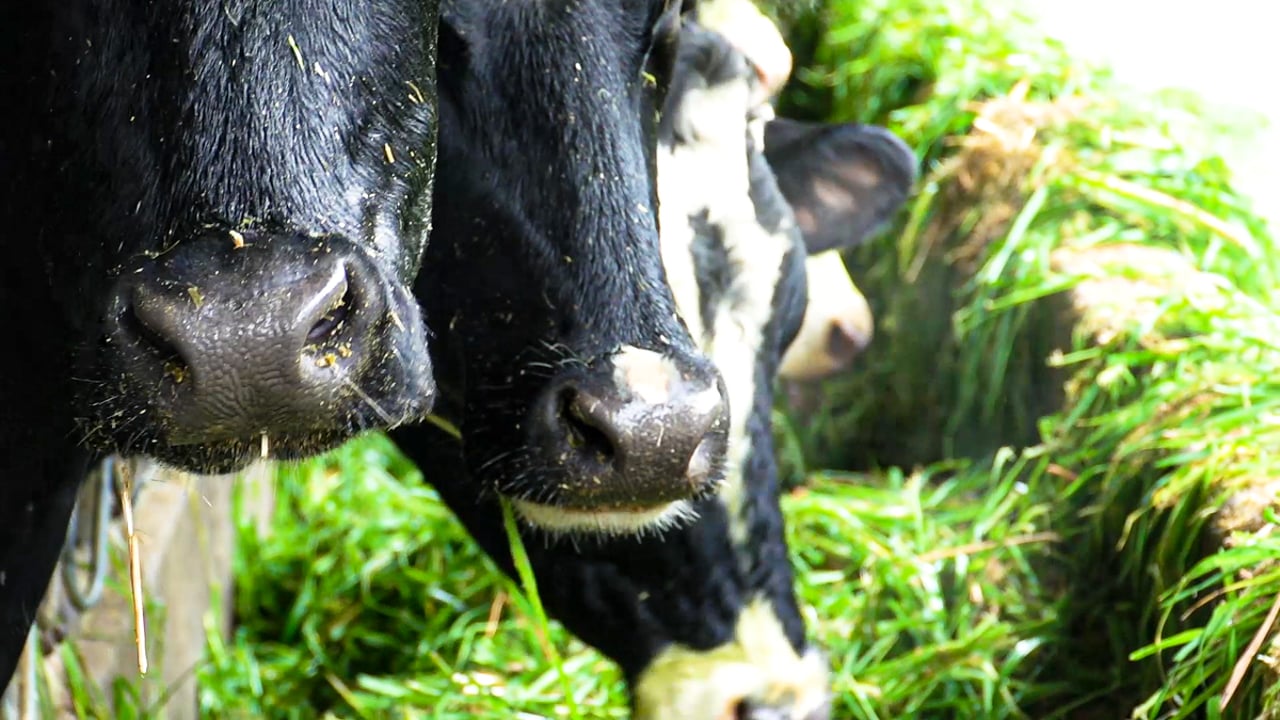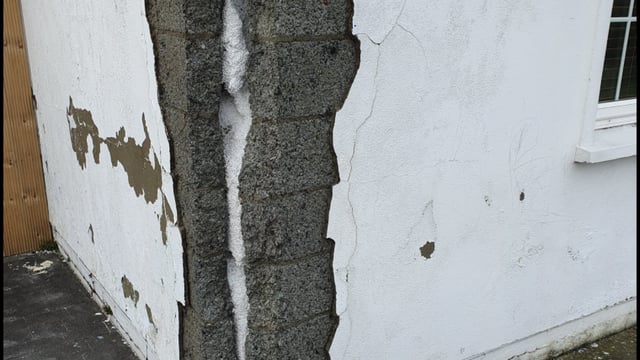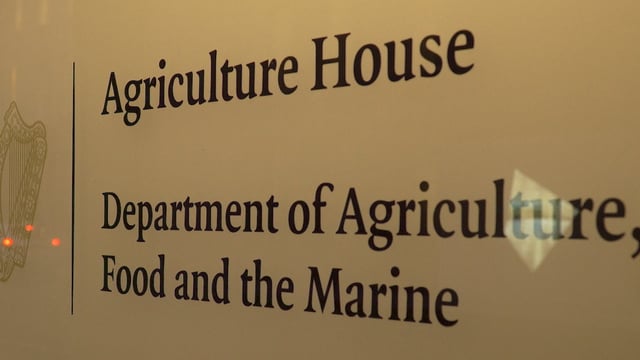State 'seriously in breach of international obligations on ammonia emissions'
Revised data by the Environmental Protection Agency (EPA) "confirms that the state has been underestimating ammonia emissions", according to one NGO.
An Taisce, responding to the EPA's publication of a compliance assessment for emissions of five key air pollutants which impact air quality, health and the environment, said that Ireland "is now even more seriously in breach of its international obligations".
Dr. Elaine McGoff, natural environment officer with An Taisce, said that the revised figures "underscore the scale of the issue and the urgency in dealing with toxic ammonia".
This latest report shows that, despite decreasing in 2019, ammonia emissions are still non-compliant with the EU ceiling and have now been non-compliant for seven out of the last nine years.
An Taisce commented: "While the previous reporting indicated that our total ammonia emissions were already in breach of EU thresholds, this is now recognised as a serious undercount.
"Ammonia is a toxic gas that is a major by-product of animal-based agriculture that combines with other pollutants to form PM2.5, one of the most dangerous and deadly types of air pollution particles.
"This gas also poses a serious threat to biodiversity, with well-established links between ammonia and biodiversity loss," An Taisce said.
"It can cause soil acidification and run-off of polluting nitrates into nearby waterbodies. It also pollutes some of our most pristine habitats like bogs and heaths, killing the most sensitive species such as lichens and mosses, and damaging whole ecosystems.
"Bees and butterflies, our already imperiled pollinators, are also impacted by nitrogen pollution as a result of ammonia deposition."
Professor John Sweeney, emeritus professor at Maynooth University and member of An Taisce’s climate committee, said that Ireland "has to start taking its legal obligations on tackling air pollution seriously".
"The pursuit of profits for one sector cannot be at the cost of endangering public health by damaging our air quality, especially now in the midst of the tremendous national effort to tackle coronavirus," the professor added.
The agriculture sector accounts for virtually all (99%) of ammonia emissions in Ireland.
"Livestock manure, predominantly cattle, accounts for the bulk of this, combined with synthetic fertiliser," An Taisce continued.
"While the report indicates that Ireland could be compliant by 2030 if we implement all possible mitigation measures; achieving that depends on a stable herd size and adherence to the Department of Agriculture’s Code of [Good] Agricultural Practice - which proposes voluntary and largely unfunded measures for farmers to undertake, despite many of the measures being prohibitively expensive and difficult to implement."
An Taisce has previously called on the Department of Agriculture to introduce mandatory, timetable and funded measures that "will be most effective at reducing ammonia".
"This hasn’t happened," An Taisce said.
"National emission ceilings give limits on ammonia emissions that Ireland needs to meet every year, not just at some point in the future.”
Given the "serious human and environmental impacts caused by Ireland’s failure to meet ammonia reduction commitments", An Taisce has lodged a formal complaint with the EU Commission on this issue.
While effective regulatory action is possible, it does require political will, according to An Taisce.
Dr. McGoff said: “We need urgent progress towards a sustained reduction in emissions via a process of limiting nitrogen inputs to livestock agriculture and ceasing the unsustainable expansion of the dairy herd.
"This is no longer just an issue of environmental damage by agriculture, it is also a serious risk to people’s health. Ammonia pollution is an issue few are aware of, but it’s quickly becoming a major health and environmental threat in Ireland."





